
Japanese food might give a strong image of kaiseki (course) cuisine. However, the basic Japanese food indeed consists of "Ichiju Sansai" (一汁三菜) - a combination of rice, one "soup", and three "dishes", which is the staple food of Japanese people. When you visit Japan, please try the style of Ichiju Sansai for an excellent nutritional balance!
What is Ichiju Sansai?
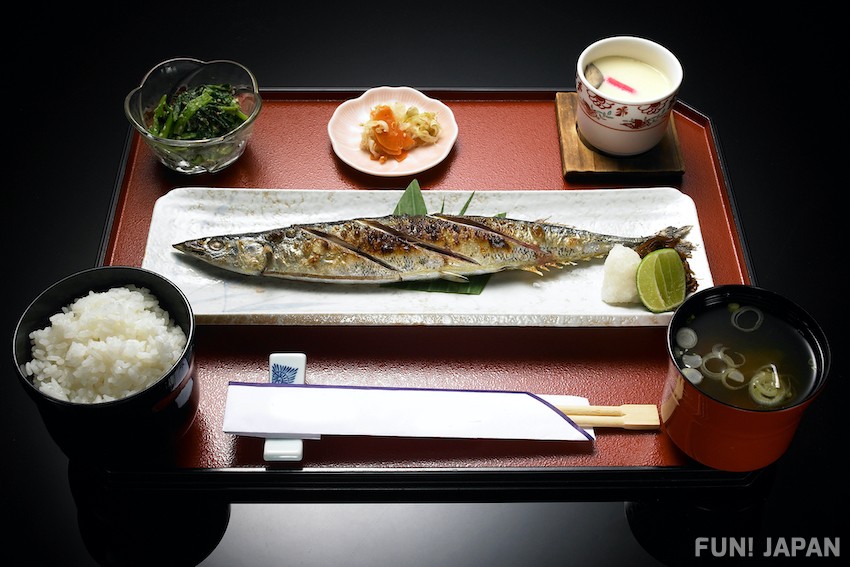
"Ichiju Sansai" refers to the right position for serving food in traditional Japanese meal, and is a nutritionally balanced meal that combines rice and soup with one main dish and two side dishes. Specifically, it is normal to combine rice and soup with one main dish such as meat and fish, and two side dishes such as vegetables, mushrooms, and seaweed.
Rice (Staple Food - 主食 / Shushoku)
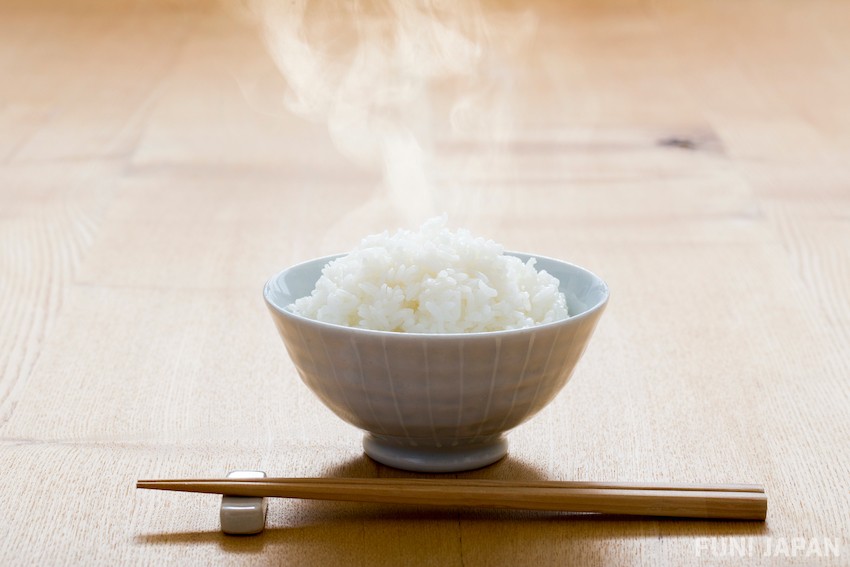
Rice is the staple food of Japanese people. It acts as an indispensable energy source for daily meals and is a menu that plays a role in supplementing carbohydrates. In addition to white rice, there are brown rice, millet rice, and rice cooked together with other food (known as Takikomi Gohan) is also highly nutritious. In the case of Ichiju Sansai, rice should be placed on the front left.
Soup (汁物 / Shirumono)
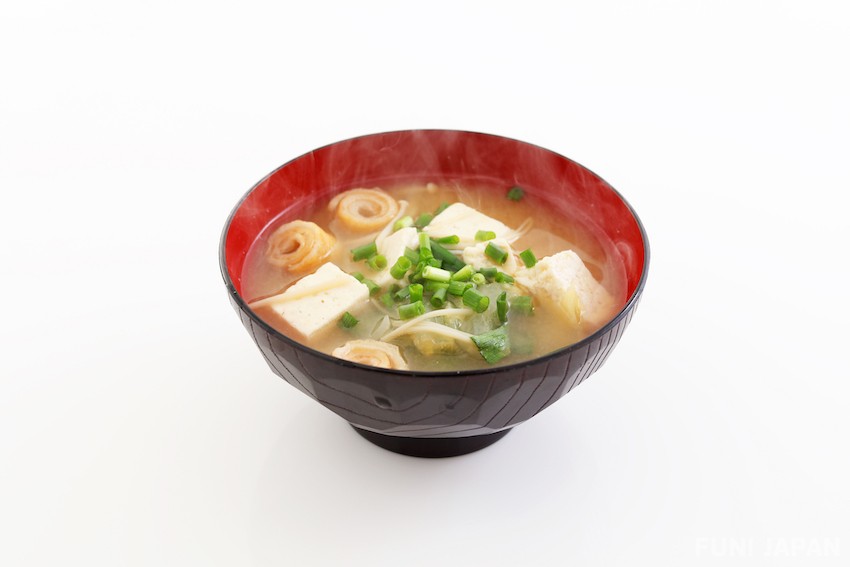
"Ichiju" refers to soup, think miso soup or any other kind of soup. Place this soup on the right side when looked from the the seat, on the right side of the bowl piled up with rice. Soup plays a role of hydration, and by adding a lot of ingredients, it adds the fillingness thus plays a big role in nutrition.
Main Dish (主菜 / Shusai)
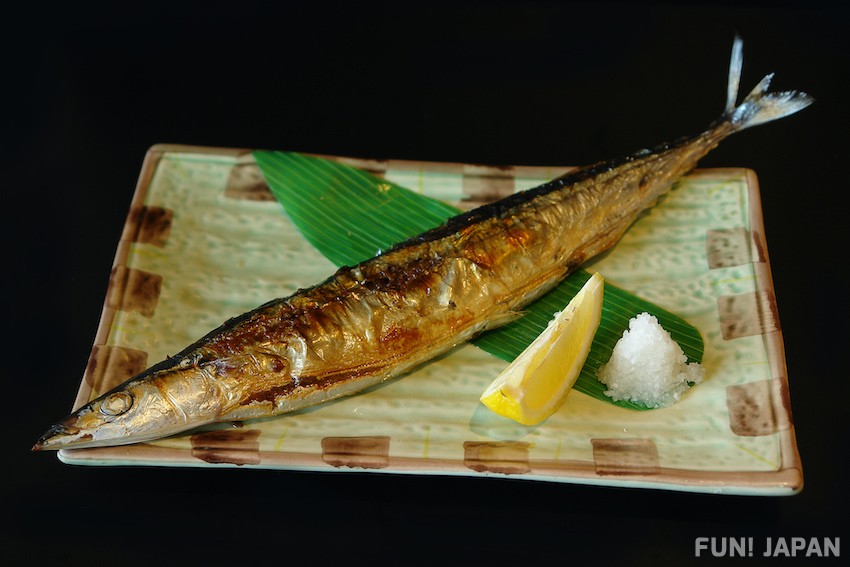
Shusai in Japanese food is a dish containing meat, fish, eggs, soybeans, etc., and is a dish that corresponds to a so-called "main dish". Think of it as a protein-containing menu, which is mainly the nutrients that make up your body. Since the calories and salt content differ depending on the cooking method such as baking, simmering, and steaming, it is necessary to change the content of the side dish depending on the main dish. Place the main dish just beyond the bowl of soup. If the main dish is grilled fish, the head of the grilled fish is usually placed facing left.
Related articles:
Side Dishes (副菜 / Fukusai)

Fukusai are side dishes containing green-yellow vegetables, bright-colored vegetables, mushrooms, potatoes or seaweed. It mainly serves to supply vitamins, minerals and dietary fiber, which are nutrients that maintain the bodily functions. Side dishes are simmered dishes, 'aemono' (和え物: dressed or seasoned dishes), and grilled dishes, and are served in small bowls or small plates. Place the side dish next to the main dish, basically on the far left.
Related articles:
Second Side Dish (副々菜 / Fukufukusai)

It is normal to prepare two side dishes. Nutrients that cannot be supplemented with the first side dish are supplemented with the Fukufukusai (second side dish). It's a side dish that comes out in a small bowl, and refreshing dishes such as aemono and 'ohitashi' (おひたし: a side dish of boiled seasoned vegetables) are suitable. The second side dish is generally placed in the center.
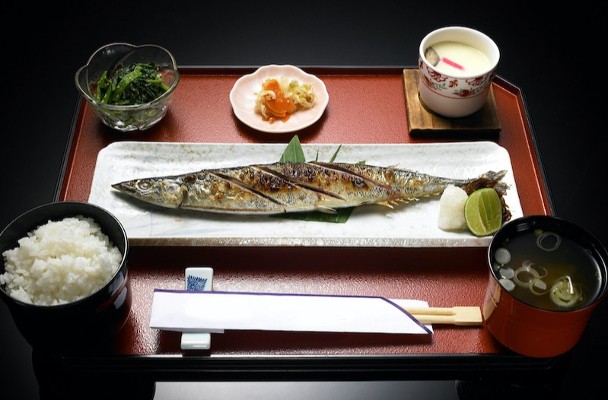
Comments